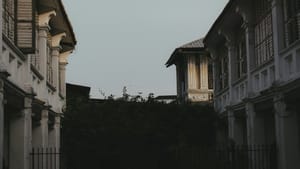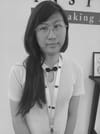IN THE GRAND theatre of social media—where cat videos reign supreme and discussions about anything often devolve into spirited debates—one of my simple joys as a local history writer is to come across a simple, appreciative comment like, “Thank you, this is so interesting. I’ve learnt something new.” My friend, Mike Gibby, the author of many Penang local history books, shares a similar experience, “I’ve lost count of the number of times people have said to me after a talk, ‘I didn’t realise [history] was so interesting’.”
This enthusiasm for local history stands in stark contrast to the collective trauma of high school history classes. You remember those, don’t you? The droning of a teacher[1] about dates and names while students engaged in the noble art of staying conscious through sheer force of will. It is no wonder these nostalgic recollections are often filled with accounts of falling asleep during class.




